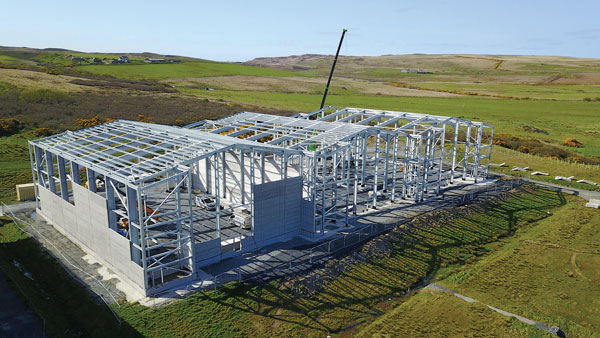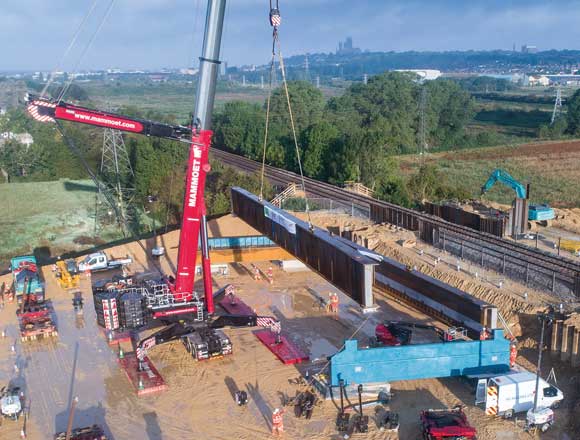News
President’s Column – February 2020
 There’s little doubt that climate change and sustainability are gaining momentum in our domestic lives as well as in industry. Greta Thurnberg argues that humanity is facing an existence crisis and that climate change is fast becoming the number one issue for the world. Perhaps the scale of the fires in Australia has shown us this in some way
There’s little doubt that climate change and sustainability are gaining momentum in our domestic lives as well as in industry. Greta Thurnberg argues that humanity is facing an existence crisis and that climate change is fast becoming the number one issue for the world. Perhaps the scale of the fires in Australia has shown us this in some way
This shift in emphasis towards carbon reduction has put it in the spotlight for us all. As it’s not going away anytime soon, we’ll also be under this spotlight. We may all have to change the way we live and work to reduce future carbon emissions otherwise extreme climate events will become more frequent and damaging.
The construction industry has a major part to play in this drive to net-zero carbon. We need to do more with less; maximise the efficient use of resources and move towards a truly circular economy. This is the Module D strategy, and the Paris Agreement brings carbon reduction into focus.
Steel is well-placed to play a crucial role in reducing the environmental impact of construction, and this shift in emphasis towards a reduction in carbon emissions is the major factor, and one most likely to have the best impact.
This characteristic that steel can be recycled or reused endlessly without detriment to its properties gives steel a high value at all stages of its life cycle. So it comes as no shock to find out that steel recycling is highly developed and highly efficient and has been in place for decades. Current recovery rates from demolition sites in the UK are 99% for structural steelwork and 96% on average for all steel construction products.
As you know, Steel is manufactured by two production routes, Basic Oxygen Steel (BOS) and Electric Arc Furnace (EAF), which together comprise a single global system of supply to meet world demand. Both production routes include significant recycled content.
Energy consumption and carbon dioxide emissions from European steelmaking have already been reduced by 50% and 60% respectively over the past 40 years. The by-products from steelmaking, which include sludges, slags and dust are beneficially used by the industry in a range of products including roadstone, lightweight aggregates and as cementitious material used as a substitute for Portland cement.
European steel manufacturers are also leading the way in developing breakthrough technologies that will support ‘science-based targets’ and enable a global transition to a low-carbon economy.
As well as minimising the emissions associated with its products, the steel construction sector is also supporting designers and architects by providing guidance on how to get the most out of those products. The steel sector website steelconstruction.info, for example, contains a wealth of guidance on efficient design and construction. I guess we have always strived for that, but such efficient use of resources within our built environment is perhaps now more important than ever.
Tim Outteridge
BCSA President and Jamestown Manufacturing












